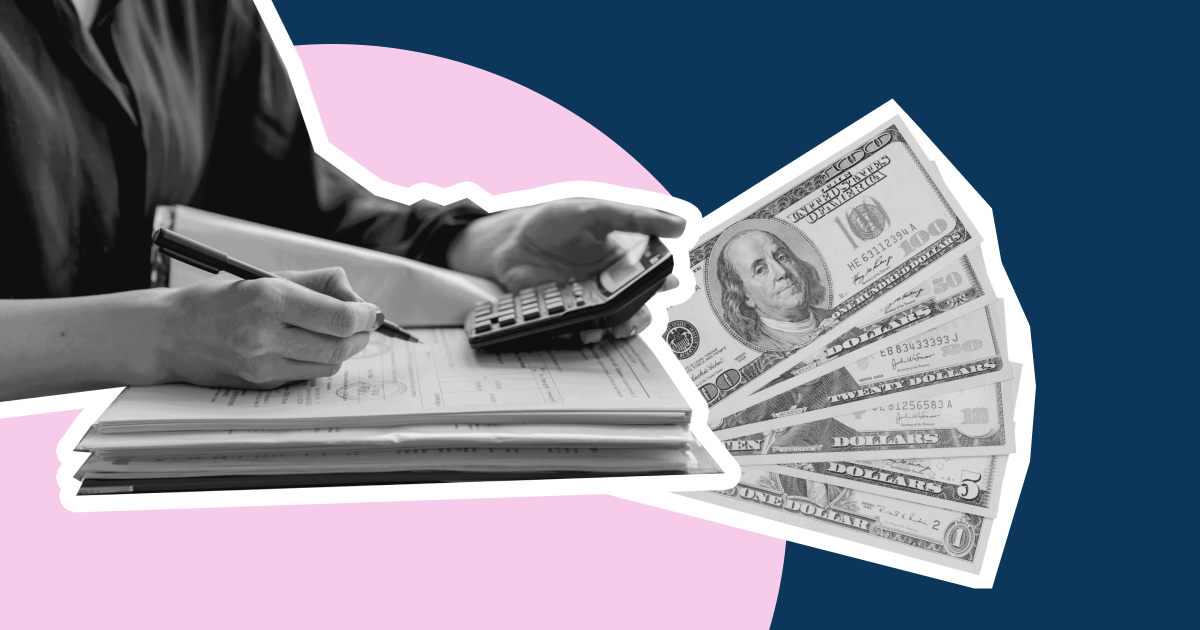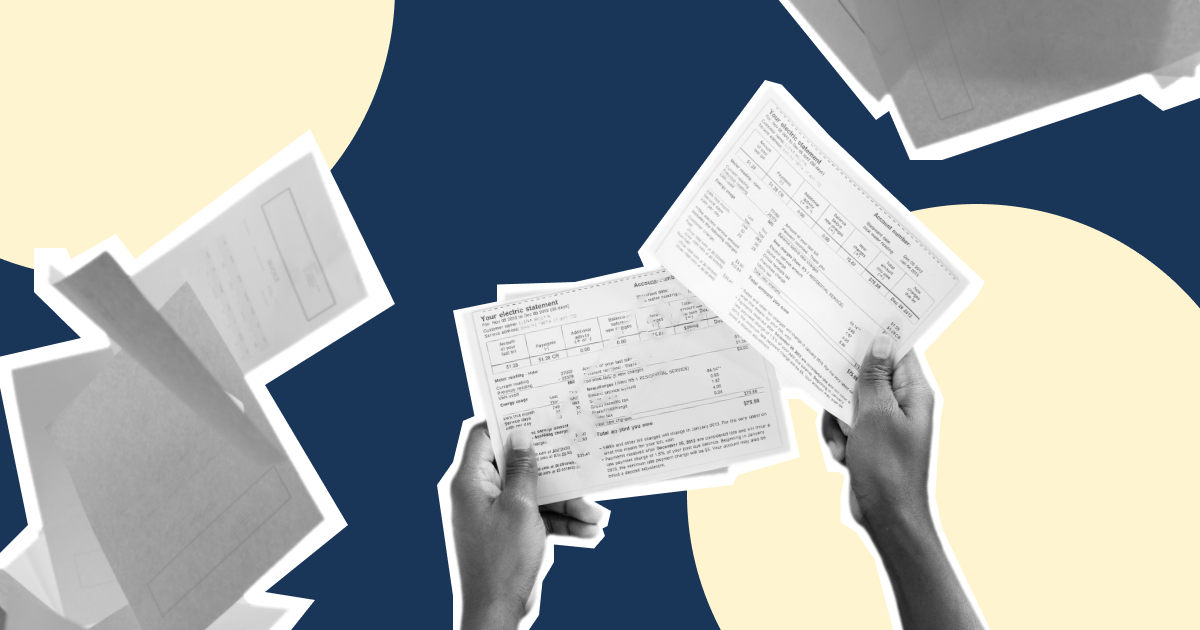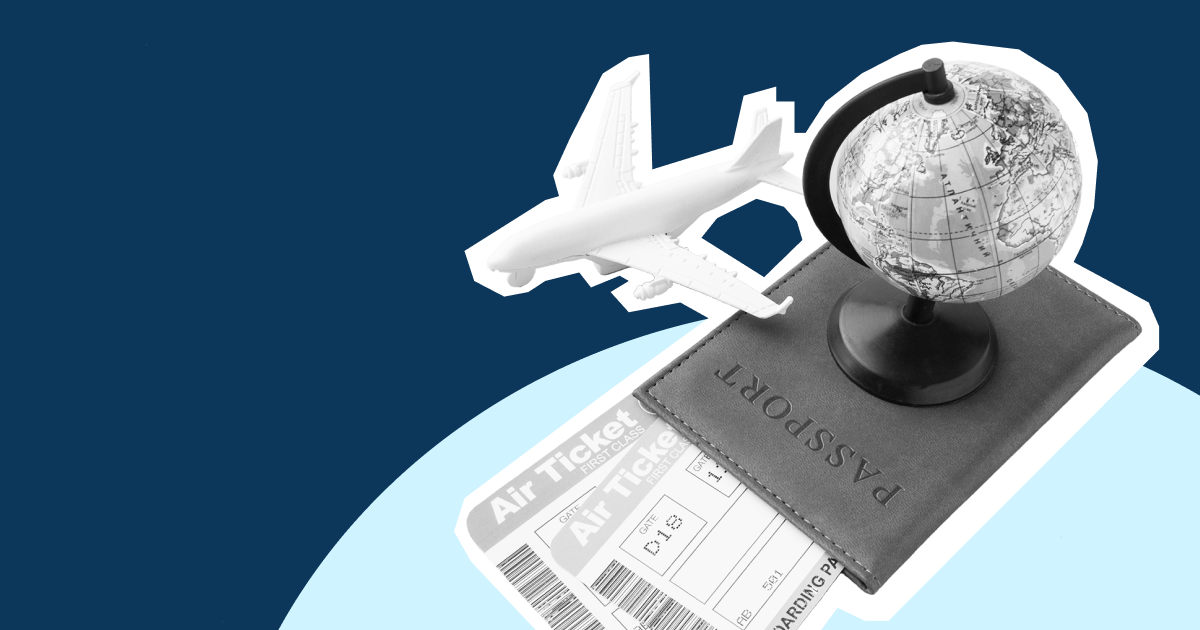Summary
There are many things that you need to know and understand when you decide to enter the business world. The 3 types of cost objects in a business is something that is quite important for you to learn. By knowing more about the types of cost objects, you can calculate the profits for your business properly.
Before, it was very important for you to know that the allocation of costs in a business is the most important topic for every business person. The reason is because there are a lot of costs that have to do with the design, production and distribution of products as well as services that are not easily identified with the products and services that are made. But for more details, let's look at some of the reviews we will summarize below.
A breakdown of the 3 types of business costs
Deciding to jump into the business world is basically not as easy as you might think. To get success, you must learn about the ins and outs of the business itself. There will even be many things that you need to know here.
Not only about how to calculate the profits in trading in your business, but also about how to find a loan without collateral. Because indeed capital or funds to run a business are not few and are very important things to consider.
If you feel troubled in business capital matters, you can get it from many ways, for example by making a business capital loan at a bank or even making an online loan through this one digital credit card, Aspire.
Aspire offers the best digital credit cards for small business owners. Not only interest-free, but this line of credit also provides a number of permanent funds with certain withdrawal limits. Enough to do 1 time your credit application will certainly be made easier when doing business credit at Aspire.
Returning to the subject matter at the outset, the cost object in doing business is the financial term that is usually used in cost accounting. The goal, to be able to show the costs that have been charged. For example, products that have been produced by the company are objects of cost for direct materials, as well as direct labor, as well as manufacturing overhead.
The cost object in a business can even be a project, region, service, department, or customer, when every time management wants to do a cost calculation. The cost object is also defined as management accounting and the term cost accounting. Which will later be used when business people or business people will allocate direct and indirect costs.
Where the costs allocated to the object of costs and costs are direct or indirect costs. The cost of course can be determined by making direct measurements, or it can be done by way of allocation and distribution. Well, here are 3 types of cost objects and how they work which is of course very important for all business people to know. Please see the good reviews.
Output costs
This is a type of cost object in a business that is arguably the most common. These types of output cost objects are the products and services provided by your company or business. Setting costs will of course allow analysis of profitability and pricing can be done well.
Operational costs
Furthermore, there are types of operational cost objects. This is a type of cost object that can be an area or function within a company or business. Examples are such as departments, production lines, tool operations, and processes.
In this case you, as a business owner, of course can track all costs of introducing new products, or make service calls and repair products returned.
Relationship costs
Then for the latter is a cost object that is external to the company. For example, suppliers or customers who aim to be able to determine costs that are related to the entity itself. Other variations on the object of the cost of business relations include the cost of extending licenses and licenses.
It may be necessary to have a cost object in order to get a better price from basic costs. Or, to see what costs include reasonable or not, it can even be used to get the full cost of a relationship with another entity.
Usually a company will only focus on cost objects occasionally. The goal is to be able to see whether there has been a significant change since the last analysis or not. Surely this cost object can undergo an inspection which will be sustainable if necessary at the company.
Annual reviews are the most common to get a lot of cost objects. If indeed an analysis is very complex, then a review might be carried out at longer intervals.
We remind you again that cost accounting in a business is the most important part of calculating production financing. What is expected is that it can have an impact on the sustainability of production and can determine the future of the business strategy that you are running.
But to get good results on a record of cost accounting, of course a company that you have must have good and correct records in each transaction. In order to avoid miscalculation in the preparation of financial statements.
Use of Cost Objects in a Business
The basis for a budget plan in a business is the identification and accurate costing of cost objects. This, of course, must be accompanied by a review of actual historical costs for the same cost object. This will certainly be very helpful in the accuracy of planning.
Not only that, it also supports the preparation of financial accounting reports in a business. Determine which accounts are affected and the numbers reported. It is important to always be remembered by all business people, that the cost object is not the same as the account from the organizational account chart.
Where each account will be a container for the financial transaction category. For example, an account in the expenditure category for raw materials. Then the transaction will be entered into this account as a credit or debit, for more details, please see the following example.
"There is a company that succeeded in producing a 10-speed bicycle line, which became a cost object on their product line." Well, this product line will later become the object of cost, both for all direct materials, direct labor, and overhead.
This is information that we can share about 3 different types of cost objects and how they work. Hopefully useful and increase your insight.










%201.webp)


.webp)